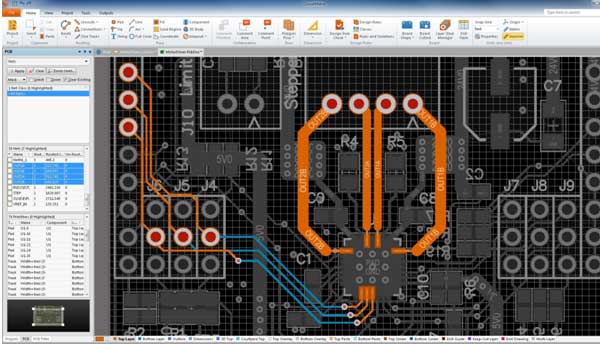



However, in a recorded interview with an online transistor museum curator, Hans Camenzind said "It was just arbitrarily chosen. Several books report the name "555" timer IC derived from the three 5 kΩ resistors inside the chip. For months I was inundated by phone calls from engineers who had new ideas for using the device." Name Camenzind noted in 1997 that "nine out of 10 of its applications were in areas and ways I had never contemplated. The 555 found many applications beyond timers. The 555 timer was manufactured by 12 companies in 1972, and it became a best-selling product. The 9-pin version had already been released by another company founded by an engineer who had attended the first review and had retired from Signetics that firm withdrew its version soon after the 555 was released. This revised version passed a second design review, and the prototypes were completed in October 1971 as the NE555V (plastic DIP) and SE555T (metal TO-5). The design change decreased the required 9 external pins to 8, so the IC could be fit in an 8-pin package instead of a 14-pin package. After this design was tested and found to be without errors, Camenzind got the idea of using a direct resistance instead of a constant current source, finding that it worked satisfactorily. The first design for the 555 was reviewed in the summer of 1971. Camenzind's idea was originally rejected, since other engineers argued the product could be built from existing parts sold by the company however, the marketing manager approved the idea. Camenzind proposed the development of a universal circuit based on the oscillator for PLLs and asked that he develop it alone, borrowing equipment from Signetics instead of having his pay cut in half. Signetics subsequently laid off half of its employees due to the 1970 recession, and development on the PLL was thus frozen. He designed an oscillator for PLLs such that the frequency did not depend on the power supply voltage or temperature. In 1968, he was hired by Signetics to develop a phase-locked loop (PLL) IC. The timer IC was designed in 1971 by Hans Camenzind under contract to Signetics. History Silicon die of the first 555 chip (1971) Die of a CMOS NXP ICM7555 chip In 2017, it was said that over a billion 555 timers are produced annually by some estimates, and that the design was "probably the most popular integrated circuit ever made". Since then, numerous companies have made the original timers and later similar low-power CMOS timers. The design was first marketed in 1972 by Signetics and used bipolar junction transistors. Derivatives provide two ( 556) or four ( 558) timing circuits in one package. The 555 timer IC is an integrated circuit (chip) used in a variety of timer, delay, pulse generation, and oscillator applications.


 0 kommentar(er)
0 kommentar(er)
